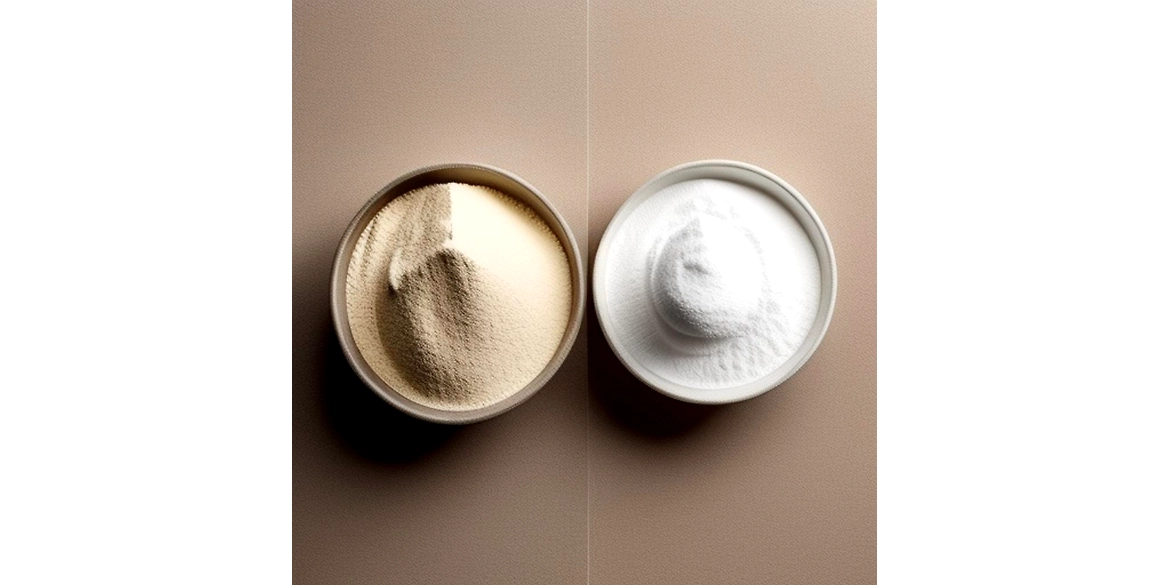Mahakal Impex is a dynamic export-import company founded in March 2022 by two young entrepreneurs with a vision to connect global markets and promote trade in various industries.
- info@mahakalimpex.com
- TF-319, Shivalik Shilp-2, Keshavbag Party Plot, Ahmedabad, Gujarat, India. 380015
© 2020 MAHAKAL IMPEX. All Rights Reserved

Introduction:
When it comes to thickening agents and kitchen staples, corn starch and corn flour are two of the most common ingredients you'll find on the shelves. But are they the same thing? What sets them apart, and when should you reach for one over the other? In this article, we'll delve into the differences between corn starch and corn flour, exploring their unique properties and best culinary uses.
Corn Starch: The Culinary Chameleon
1. Processing Method:
Corn starch is derived from the endosperm of corn kernels through a meticulous refining process. This process involves washing, steeping, and separating the starch from other components of the corn kernel.
2. Texture and Appearance:
- Corn starch is a fine, powdery substance with a bright white color. It is virtually flavorless and odorless.
3. Thickening Power:
- Corn starch is renowned for its thickening abilities. It forms a smooth, glossy texture when mixed with liquids, making it ideal for thickening gravies, sauces, and soups.
4. Applications:
- Commonly used in baking to achieve a tender crumb in cakes and cookies.
- Great for creating crisp and light batters for frying.
- Perfect for thickening clear sauces and gravies without altering their color.
- Often used to make pudding and custards.
- Solvent in Textiles and Medical Gloves.
Corn Flour: The Unsung Hero of Baking
1. Processing Method:
- Corn flour, on the other hand, is made by grinding whole corn kernels, including the bran, germ, and endosperm. This means it retains some of the corn's natural flavor and nutrients.
2. Texture and Appearance:
- Corn flour has a slightly coarser texture compared to corn starch. It typically has a pale yellow hue due to the presence of the corn germ.
3. Thickening Power:
- While corn flour can thicken sauces to some extent, it's not as effective as corn starch. It may result in a cloudier appearance when used as a thickener.
4. Applications:
- An excellent choice for cornbread and other baked goods, imparting a pleasant corn flavor.
- Works well in gluten-free baking as a wheat flour substitute.
- Ideal for making doughs and batters for items like tortillas and tamales.
- Can be used as a coating for frying, adding a subtle corn flavor and texture.
When to Choose Corn Starch or Corn Flour:
- Choose Corn Starch:
- When you need to thicken sauces, gravies, or clear liquids without altering their color or flavor.
- For achieving a glossy finish in stir-fries and Asian-style dishes.
- In recipes where a neutral thickening agent is required, such as custards.
- Choose Corn Flour:
- When you want to add a mild corn flavor to your baked goods.
- In gluten-free recipes as a wheat flour replacement.
- For making doughs, batters, or coatings with a subtle corn texture and flavor.
Conclusion:
In the battle of corn starch vs. corn flour, each ingredient has its own unique strengths and best uses in the kitchen. While corn starch excels at thickening and creating glossy textures, corn flour adds a delightful corny flavor to your dishes and works well in baking. Your choice should depend on the specific needs of your recipe.
Whether you're crafting a velvety gravy or baking a batch of golden cornbread, understanding the differences between these two kitchen staples will help you elevate your culinary creations to new heights. So, stock your pantry with both corn starch and corn flour to be prepared for any culinary adventure that comes your way.




